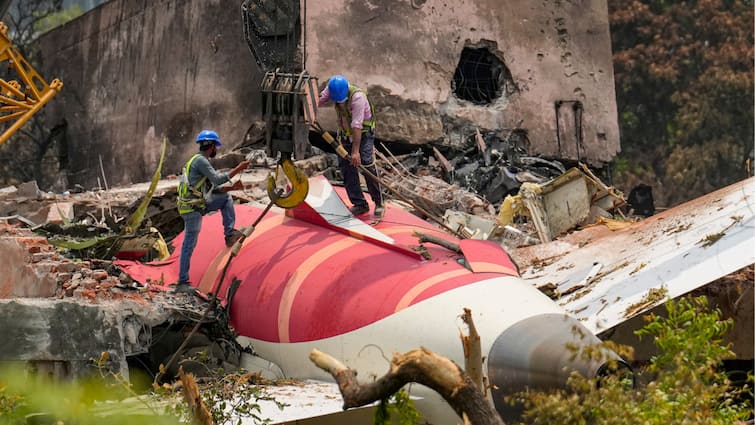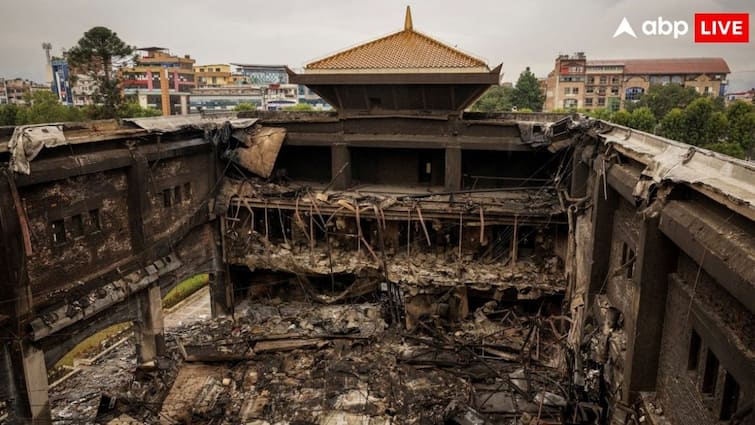
In a chilling revelation from the preliminary investigation into last month’s tragic Air India AI171 crash in Ahmedabad, authorities have zeroed in on a key cockpit component—the fuel control switch—as a possible trigger behind the midair emergency that ended in disaster.
Moments after receiving clearance for takeoff, the Boeing 787 aircraft made a MAYDAY call just two seconds into its ascent—a rare and alarming timeline that hints at a sudden and severe malfunction. Flight data now reveals that both of the aircraft’s engines lost power almost simultaneously, after their fuel control switches were momentarily set to ‘CUTOFF’, depriving the engines of vital fuel.
What Is A Fuel Switch?
In aviation, a fuel switch—also referred to as a fuel selector or fuel control switch—is a cockpit mechanism that controls the flow of fuel from the aircraft’s tanks to its engines. While smaller planes use manual selectors for individual tanks, large jets like the Boeing 787 feature advanced systems where the fuel switches are part of a centralised engine control interface.
These switches typically have two settings: RUN, to allow fuel flow and power the engines; and CUTOFF, to stop fuel delivery—usually in emergency situations such as an engine fire. Positioned just below the thrust levers in the cockpit, these switches are spring-loaded and designed to resist accidental movement, requiring a deliberate upward pull before toggling.
What Happened During Air India Flight Crash?
In the AI171 incident, data from the flight data recorder shows both engine switches were sequentially flipped to CUTOFF mode just seconds after takeoff—one second apart. The cockpit voice recorder then captured a chilling exchange between the pilots:
“Why did you cut off the fuel?”
“I did not.”
According to flight data, merely seconds after takeoff, the flight recorder revealed that the engine fuel control switches were moved one after the other from ‘RUN’ to ‘CUTOFF’, with just a one-second interval between them. This sudden change triggered a gradual loss of engine thrust, according to a report on Reuters.
The engines lost power as a result, but within seconds, the switches were restored to RUN. Investigators found them in that position at the crash site, suggesting a possible attempt at recovery. When moved back to RUN during flight, the Boeing 787’s systems initiate a relight sequence, automatically reigniting the engines and restoring fuel flow—but time and altitude were against the crew.
The report has not yet determined whether the switch movements were due to pilot error, inadvertent activation, or a mechanical malfunction.
Doonited Affiliated: Syndicate News Hunt
This report has been published as part of an auto-generated syndicated wire feed. Except for the headline, the content has not been modified or edited by Doonited
















































